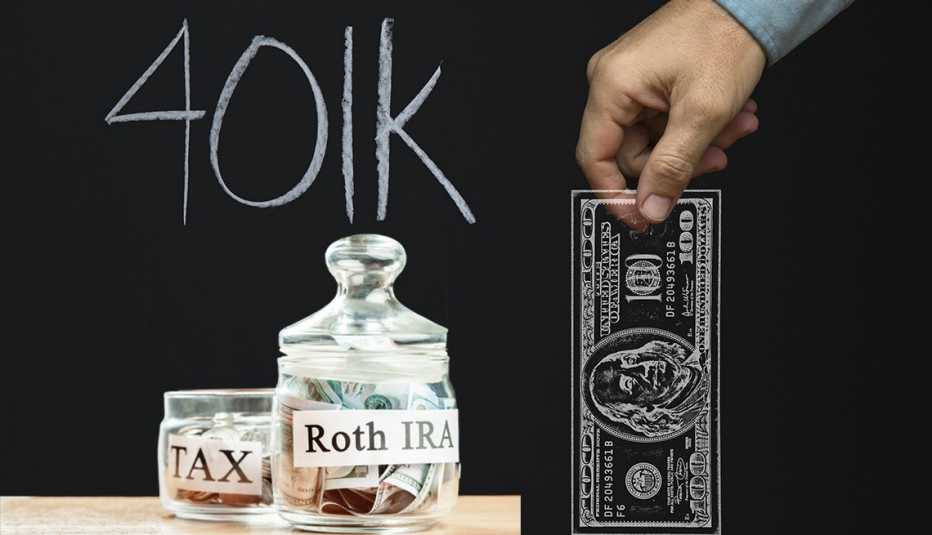Staying Fit
You have three extra days to file your taxes this year, until April 18, but that doesn’t mean you should delay starting the process. Steps taken in January and February can save you hassles, headaches and even cash. The Internal Revenue Service (IRS) began processing returns on Jan. 23.
“Some people will kind of procrastinate because they don’t want to deal with it, but it’s better to just get it out of the way,” says Catina Downey, a CPA in Richmond, Virginia.
To help you get motivated, we break down some ways to get a jump on your tax return and gather what you’ll need, whether you are filing on your own or using an accountant.


AARP Membership— $12 for your first year when you sign up for Automatic Renewal
Get instant access to members-only products and hundreds of discounts, a free second membership, and a subscription to AARP the Magazine.
1. Be organized
Time is money, and the longer it takes an accountant to sort through your disorganized documentation, the more you may pay as a fee. Harlan Levinson, a CPA in Beverly Hills, California, says some clients hand him a folder labeled, “Things for Harlan.”
“People who are organized make my life easy, which means that I won’t have to charge them as much money. People that require me to chase things down make things more complicated,” Levinson says.
Some accounting firms, like SobelCo in New Jersey, charge a set fee to prepare a 1040, but that charge could increase the following year if the accountant was delayed by the client, according to Mary K. Ford, tax director at SobelCo. “If they’re very efficient with their information, it definitely cuts down on their tax preparation fees,” says Ford, “but if they’re very disorganized, their fees are going to go up every year, because it takes more time to prepare their return.”
Getting organized can be straightforward. As tax documents arrive, put them in a folder — a physical folder for paper statements and a digital folder for documents arriving by email or that you need to download online. Many accounting firms will give clients a checklist of documents to compile.
If in doubt, put the document in the folder. “It’s probably better to put too many things in that folder than too few things in that folder,” says Levinson.
2. Don’t ignore your mail
In a digital world of paying bills online and taming overflowing email inboxes, envelopes in the mailbox may get put in a pile to sort later. January and February is a bad time to do that.
Here are some of the tax documents that will begin arriving in January and February:
- W-2 shows employment income if you are still working
- 1099-NEC stands for non-employee compensation paid to independent contractors
- 1099-INT documents interest received from a financial institution
- 1099-B reports gains and losses from stocks, bonds and other securities sold through a broker
- 1099-R shows distributions made from pensions, annuities, IRAs and other retirement plans
Some envelopes will be marked, “important tax return document enclosed,” but sometimes an important piece of paper could be included with a regular monthly statement, such as a mortgage statement.
To get a sense of what’s coming when, you can find clues in your mail. Brokerage firms often tuck a slip of paper into December quarterly statements showing a timeline of when the company will send 1099s and other tax documents.
“They need to open the mail, first of all, and check those extra slips of paper that are included with their statements because there’s probably some important tax information in it,” says Downey.
That jammed inbox will also contain emails from financial institutions, letting you know tax forms are available to download from their websites.


































































